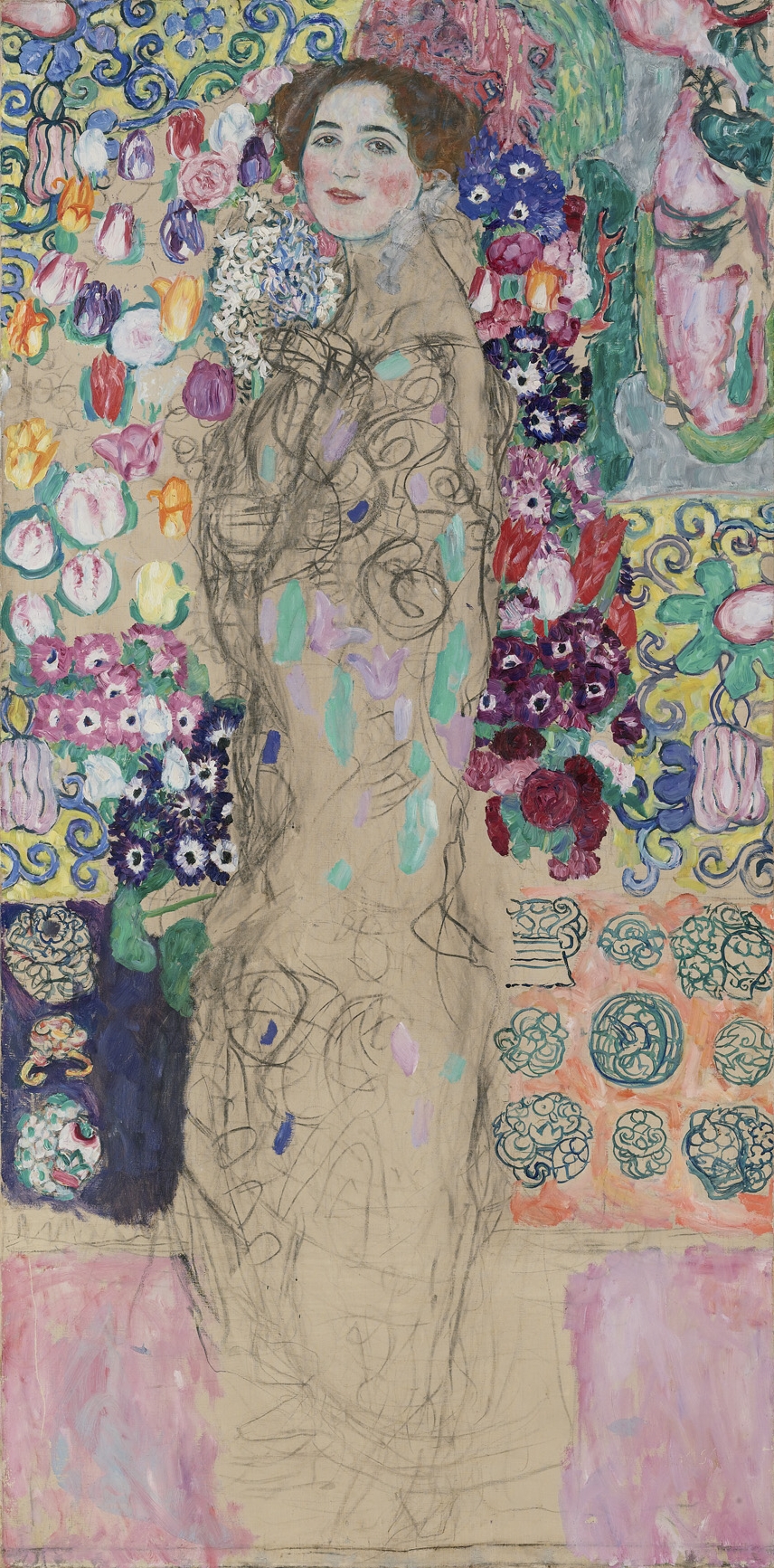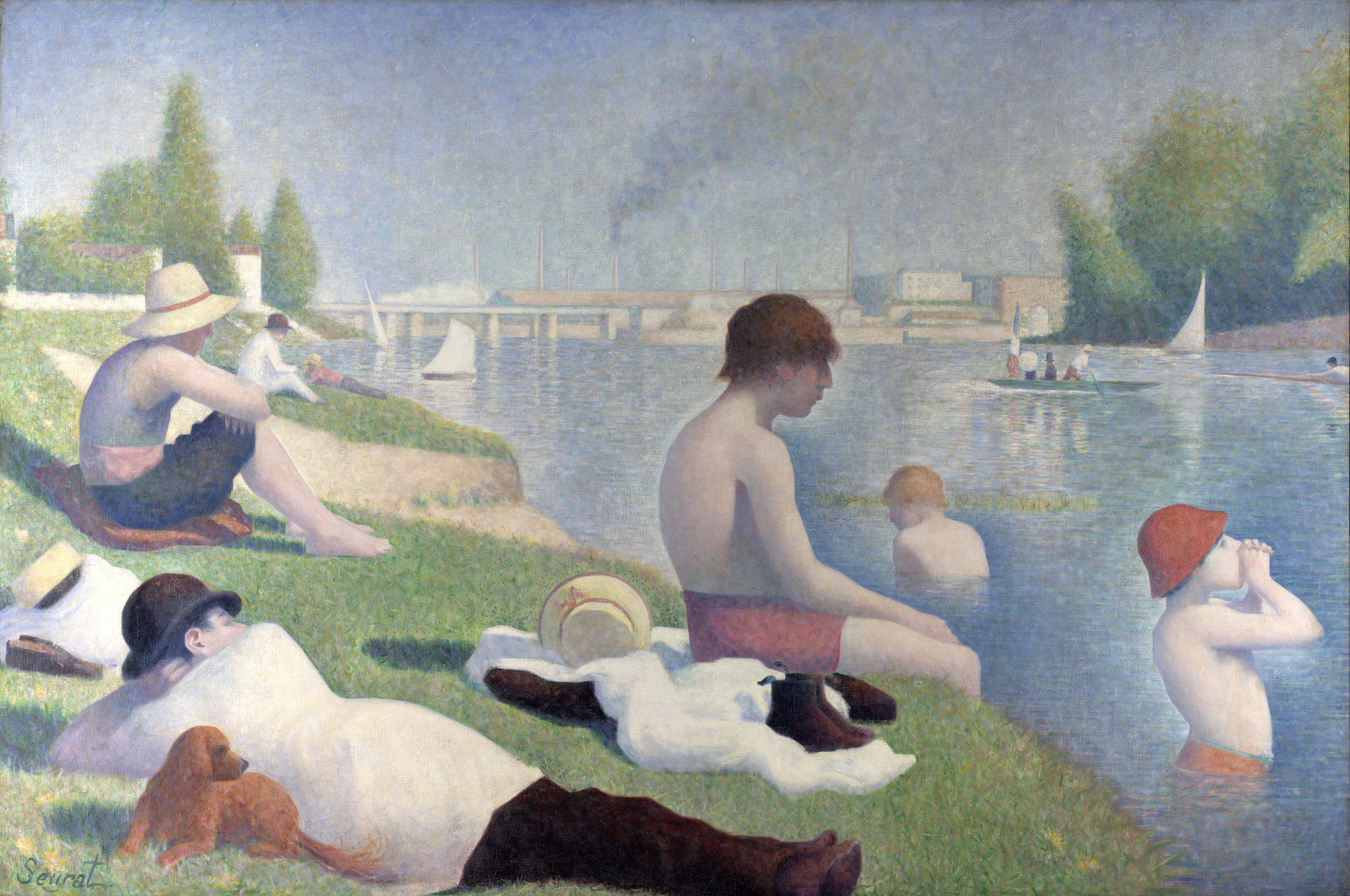|
César Mange De Hauke
César Mange de Hauke (8 March 1900 – 15 June 1965), was a French art dealer. His name has also been spelled de Haucke and de Hawke. Early life Son of a Franco-Swiss engineer, Francis Mange (1856-1931), director of works for the Panama Canal in the 1890s, and of a mother of Polish origin born in Florence, Countess Marie Hauke-Bosak, von Hauke (1864-1942 ), César Mange de Hauke was sent very young to an English school, St Ronan's School, St. Ronan's School, in Hawkhurst, Kent, from 1911 to 1913. Later, to train himself in art, he attended the Drawing Room of the British Museum, an institution to which he bequeathed, after his death, sixteen pieces from his collection of graphic arts. Back in France, he got closer to artistic circles, in particular decorators. He was close to Paul Poiret's sister, Nicole Groult. He is interested in the work of Jean Dunand, Pierre-Émile Legrain, André Mare, Maurice Marinot, Jacques-Émile Ruhlmann. Art dealing partnerships In 1926 he arr ... [...More Info...] [...Related Items...] OR: [Wikipedia] [Google] [Baidu] |
Hauke-Bosak
The Hauke-Bosak family (more commonly called Hauke) is a Germans, German-Polish people, Polish nobility, noble family. Originally a German middle class family, they settled in Poland at the end of the 18th century and achieved great importance and titles of nobility in the Congress Poland, Kingdom of Poland, the Russian Empire, the Austrian Empire, and the Grand Duchy of Hesse. History The first known ancestor of the Hauke family was ''Johann Gaspar Hauck'', a wikt:registrar, registrar at the Imperial Chamber Court of the Holy Roman Empire in Wetzlar, who died in 1722 and was buried in his home town. By his wife ''Johanna Barbara Mederacke'', he had ten children, of whom two sons, ''Johann Valentin'' (1698–1722) and ''Ignatz Marianus'' (1706–1784), came to important positions: Johann continued the family tradition of employment at the Court of Justice in Wetzlar, while Ignatz became a secretary to the Government of the Electorate of Mainz. Ignatz, too, had many children, ni ... [...More Info...] [...Related Items...] OR: [Wikipedia] [Google] [Baidu] |
Art Looting Investigation Unit
The Art Looting Investigation Unit (ALIU) was an American special intelligence unit during World War II whose mission was to gather information and write reports about Nazi art looting networks. It was set up by the Office of Strategic Services (OSS). Composed of only a few handpicked men, the small unit conducted interrogations and investigations in Europe starting in 1944 and focusing mainly on Germany, France, the Netherlands, Switzerland, Italy, Spain and Portugal. Their mission was different from but related to that of the Monuments Men. After the war, the reports the ALIU wrote were marked secret and forgotten for many years until the late 1990s when they began to be declassified . The reports remain an important source for research into the history of the origin of works of art (provenance research) and for the restitution of looted art from the Nazi era. Creation of the ALIU Justice Owen J. Roberts, who was chairman of the American Commission for the Protection and Salvag ... [...More Info...] [...Related Items...] OR: [Wikipedia] [Google] [Baidu] |
French People Of Polish Descent
French may refer to: * Something of, from, or related to France ** French language, which originated in France ** French people, a nation and ethnic group ** French cuisine, cooking traditions and practices Arts and media * The French (band), a British rock band * "French" (episode), a live-action episode of ''The Super Mario Bros. Super Show!'' * ''Française'' (film), a 2008 film * French Stewart (born 1964), American actor Other uses * French (surname), a surname (including a list of people with the name) * French (tunic), a type of military jacket or tunic * French's, an American brand of mustard condiment * French (catheter scale), a unit of measurement * French Defence, a chess opening * French kiss, a type of kiss See also * France (other) * Franch, a surname * French Revolution (other) * French River (other), several rivers and other places * Frenching (other) * Justice French (other) Justice French may refer to: * C. ... [...More Info...] [...Related Items...] OR: [Wikipedia] [Google] [Baidu] |
Philippe Pétain
Henri Philippe Bénoni Omer Joseph Pétain (; 24 April 1856 – 23 July 1951), better known as Marshal Pétain (, ), was a French marshal who commanded the French Army in World War I and later became the head of the Collaboration with Nazi Germany and Fascist Italy, collaborationist regime of Vichy France, from 1940 to 1944, during World War II. Pétain was admitted to the Saint-Cyr Military Academy in 1876 and pursued a career in the military, achieving the rank of colonel by the outbreak of World War I. He led the French Army to victory at the nine-month-long Battle of Verdun, for which he was called "the Lion of Verdun" (). After the failed Nivelle Offensive and 1917 French Army mutinies, subsequent mutinies, he was appointed Commander-in-Chief and succeeded in restoring control. Pétain remained in command for the rest of the war and emerged as a national hero. During the interwar period, he was head of the peacetime French Army, commanded joint Franco-Spanish operations du ... [...More Info...] [...Related Items...] OR: [Wikipedia] [Google] [Baidu] |
List Of Claims For Restitution For Nazi-looted Art
The list of restitution claims for art Nazi plunder, looted by the Nazis or as a result of Nazi persecution is organized by the country in which the paintings were located when the return was requested. Australia and New Zealand Croatia Sweden Austria Belgium Germany Canada The Netherlands Spain United States France Great Britain Hungary Ireland Israel Italy Japan Liechtenstein Czech Republic Switzerland Poland Links to Restitution Reports from National Committees Reports Austria (Provenance Research and Restitution in the Austrian Federal Collections [...More Info...] [...Related Items...] OR: [Wikipedia] [Google] [Baidu] |
France During World War II
History of France, France was one of the largest military powers to come under occupation as part of the Western Front (World War II), Western Front in World War II. The Western Front was a military theatre of World War II encompassing Denmark, Norway, Luxembourg, Belgium, the Netherlands, the United Kingdom, France, Italy, and Germany. The Western Front was marked by two phases of large-scale combat operations. The first phase saw the capitulation of the Netherlands, Belgium, and France during May and June 1940 after their defeat in the Low Countries and the northern half of France, and continued into an air war between Germany and Britain that climaxed with the Battle of Britain. After capitulation, France was governed as Vichy France headed by Marshal Philippe Pétain. From 1940 to 1942, while the Vichy regime was the nominal government of all of France except for Alsace-Lorraine, the Germans and Italians militarily occupied northern and south-eastern France. France was not ... [...More Info...] [...Related Items...] OR: [Wikipedia] [Google] [Baidu] |
Paul-André Lemoisne
Paul-André Lemoisne (7 February 1875, Paris - 19 June 1964, Neuilly-sur-Seine) was a French art historian, librarian, and member of the Institut de France.Arnauld Doria, funeral speech, In: ''Nouvelles de l'estampe'', 1964-10, pg.292 Biography His father was a doctor. He became a student at the École Nationale des Chartes and, in 1901, was awarded a diploma as an archivist-paleographer, for his thesis on François de Vendôme. Upon leaving the school, he took a position in the of the Bibliothèque Nationale. In 1904, he was an assistant to his former teacher, Henri Bouchot, for an exhibition at the Pavillon de Marsan. This resulted in his becoming a trainee there. In 1907, he was named a member of the French Art Committee. He met his future wife, Suzanne, the granddaughter of illustrator Paul Gavarni, at a gallery showing by Henri Rouart. From 1925 to 1939, he was Chief Curator of the Cabinet, and served two terms as the President of the Association des bibliothécaires ... [...More Info...] [...Related Items...] OR: [Wikipedia] [Google] [Baidu] |
Georges Seurat
Georges Pierre Seurat ( , ; ; 2 December 1859 – 29 March 1891) was a French post-Impressionist artist. He devised the painting techniques known as chromoluminarism and pointillism and used conté crayon for drawings on paper with a rough surface. Seurat's artistic personality combined qualities that are usually thought of as opposed and incompatible: on the one hand, his extreme and delicate sensibility, on the other, a passion for logical abstraction and an almost mathematical precision of mind. His large-scale work '' A Sunday Afternoon on the Island of La Grande Jatte'' (1884–1886) altered the direction of modern art by initiating Neo-Impressionism, and is one of the icons of late 19th-century painting. Biography Family and education Seurat was born on 2 December 1859 in Paris, at 60 rue de Bondy (now rue René Boulanger). The Seurat family moved to 136 boulevard de Magenta (now 110 boulevard de Magenta) in 1862 or 1863. Seurat: p. 16 His father, Antoine Chrysost ... [...More Info...] [...Related Items...] OR: [Wikipedia] [Google] [Baidu] |
Jonathan Petropoulos
Jonathan Petropoulos (born January 10, 1961) is an American historian who writes about National Socialism and, in particular, the fate of art looted during World War II. He is John V. Croul Professor of European History at Claremont McKenna College in Claremont, California. Before his 1999 appointment to Claremont McKenna College, Petropoulos taught at Loyola College in Maryland. Biography From 1998 to 2000, Petropoulos served as Research Director for the Presidential Advisory Commission on Holocaust Assets, chaired by Edgar Bronfman, Sr. Since 2000, Petropoulos has served as an expert witness in several legal cases concerning Nazi-looted assets, including ''Altmann v. Austria'' (six paintings by Klimt, including Portrait of Adele Bloch-Bauer I), ''Cassirer v. Thyssen-Bornemisza Museum'' (painting by Pissarro), '' Kann v. Wildenstein'' (medieval manuscripts), and ''Rosner et al. v. U.S.A.'' (the Hungarian Gold Train case). Petropoulos was featured in '' The Rape of Euro ... [...More Info...] [...Related Items...] OR: [Wikipedia] [Google] [Baidu] |
Der Standard
''Der Standard'' () is an Austrian daily newspaper published in Vienna. It is considered a newspaper of record for Austria. History and profile ''Der Standard'' was founded by Oscar Bronner as a financial newspaper and published its first edition on 19 October 1988. German media company Axel Springer SE, Axel Springer acquired a stake in the paper in 1988 and sold it in 1995. Bronner remains the paper's publisher, Gerold Riedmann is editor-in-chief. ''Der Standard'' sees itself as—in a Continental European sense (socially and culturally, but not economically)—Liberalism, liberal and independent. Third parties have described the paper as having a left-liberal stance. Until 2007, the editor-in-chief of the daily was Gerfried Sperl, Alexandra Föderl-Schmid succeeded him in the post. In 2002 the paper was one of four quality daily newspapers with nationwide distribution along with ''Salzburger Nachrichten'', ''Die Presse'', and ''Wiener Zeitung''. Although ''Der Standard'' is i ... [...More Info...] [...Related Items...] OR: [Wikipedia] [Google] [Baidu] |
Hubertus Czernin
Hubertus Czernin (born Hubertus Alexander Felix Franz Maria Czernin von und zu Chudenitz; 17 January 1956 – 10 June 2006) was an Austrian investigative journalist. From the mid-1980s to his untimely death in 2006, he was one of the most important journalists in the German-speaking world and a key figure in Austria. He is most known in Austria for helping to expose the child sex abuse scandal of Archbishop of Vienna Groer as well as the Nazi past of former United Nations Secretary-General and Austrian President Kurt Waldheim, and is most known in the United States for being instrumental in the eventual restitution of Gustav Klimt's Adele Bloch-Bauer I - as depicted in the movie Woman in Gold - to its rightful Jewish heirs. Early life Czernin was born in Vienna on 17 January 1956 to Felix Theobald Paul Anton Maria Reichsgraf Czernin von und zu Chudenitz (1902–1968) and his wife Franziska née Baronin von Mayer-Gunthof (1926–1987). Career Czernin initially wrote for the ... [...More Info...] [...Related Items...] OR: [Wikipedia] [Google] [Baidu] |



